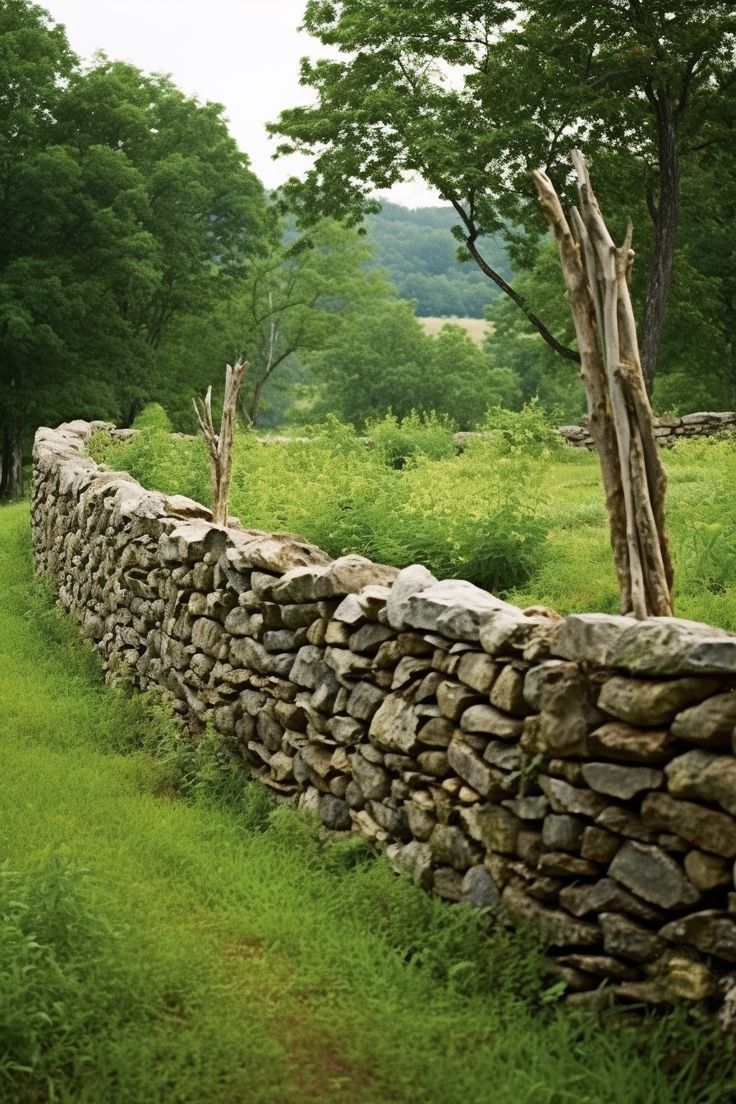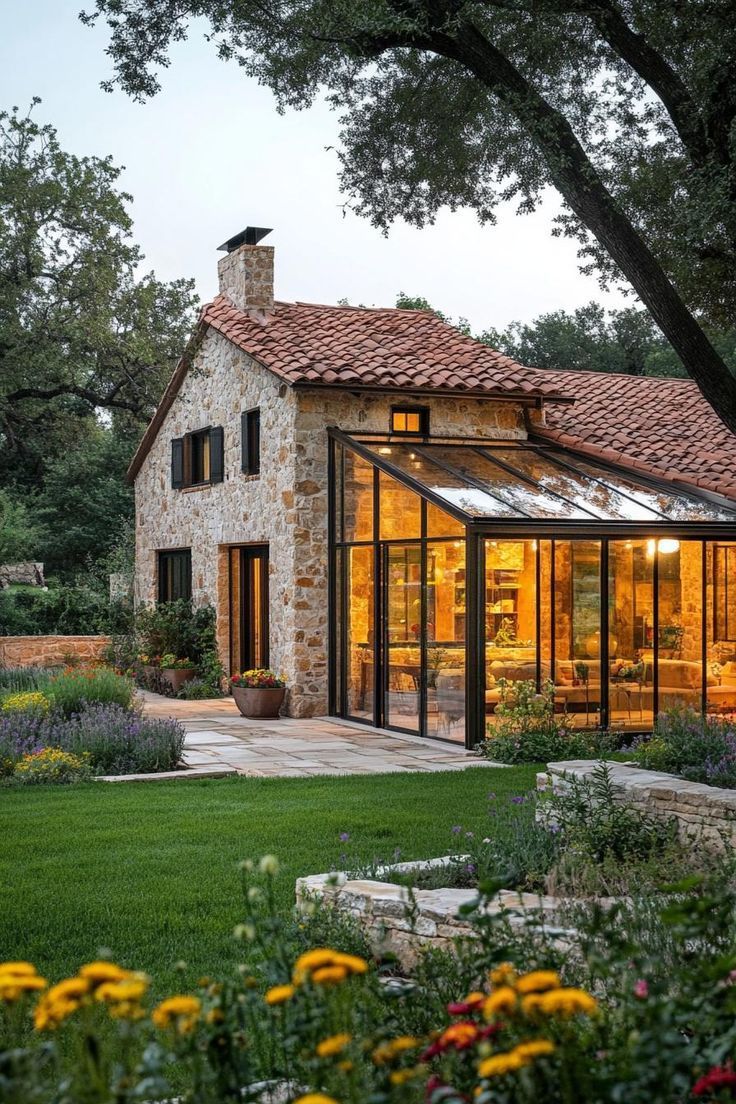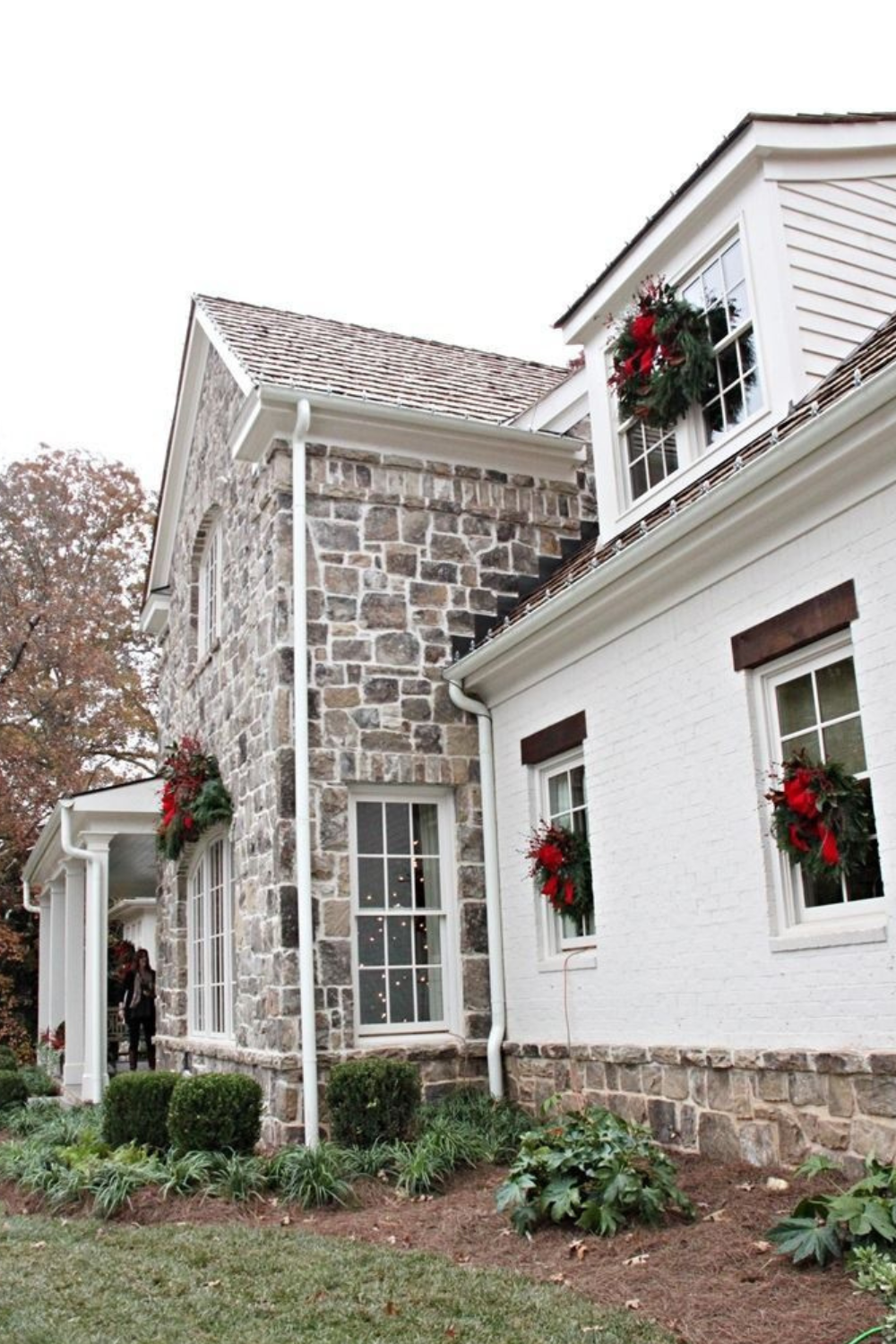Stone Masonry Dos and Don'ts: Common Mistakes to Avoid in DIY Projects

Stone masonry is a timeless craft that adds beauty, durability, and value to homes and landscapes. Whether you're building a retaining wall, patio, or fireplace, mastering the art of stone masonry can transform your outdoor space. However, DIY projects can quickly turn into costly mistakes if not approached with care and attention to detail. In this article, we'll explore some dos and don'ts of stone masonry to help you avoid common pitfalls and achieve professional-looking results.
Dos:
1. Do Plan Ahead:
Before starting any stone masonry project, take the time to plan carefully. Consider factors such as project scope, materials, and budget, and create a detailed plan or blueprint to guide your work. Proper planning will help you anticipate challenges and ensure a smoother construction process.
2. Do Invest in Quality Materials:
Choose high-quality stone materials for your masonry projects to ensure durability and longevity. Opt for natural stone, such as limestone, sandstone, or granite, that is suited to your project's needs and aesthetic preferences. Investing in quality materials upfront will save you time and money on repairs and replacements down the line.
3. Do Prepare the Site Properly:
Prepare the site thoroughly before laying any stones. Clear the area of debris, vegetation, and obstructions, and ensure that the ground is level and stable. Proper site preparation will provide a solid foundation for your masonry work and help prevent issues such as settling and shifting over time.
4. Do Practice Proper Safety Measures:
Safety should always be a priority when working with stone masonry. Wear appropriate protective gear, such as gloves, safety glasses, and sturdy footwear, to protect yourself from injury. Use caution when lifting heavy stones and operating power tools, and follow manufacturer's instructions and safety guidelines at all times.
5. Do Take Your Time:
Stone masonry is a labor-intensive process that requires patience and attention to detail. Take your time to ensure that each stone is placed correctly and securely, and make adjustments as needed to achieve a level and uniform finish. Rushing through the construction process can lead to mistakes and compromise the quality of your work.
Don'ts:
1. Don't Overlook Proper Foundation:
Skipping or cutting corners on the foundation can compromise the structural integrity of your stone masonry project. Ensure that the foundation is properly prepared and adequately sized to support the weight of the stones and withstand environmental pressures such as freeze-thaw cycles.
2. Don't Ignore Mortar Mix Ratios:
The mortar mix ratio is crucial for ensuring strong and durable masonry joints. Avoid using too much water in your mortar mix, as this can weaken the bond between the stones and lead to mortar erosion over time. Follow recommended mix ratios and allow mortar to cure properly before applying additional layers.
3. Don't Neglect Weather Protection:
Stone masonry projects are susceptible to weather-related damage, especially during the curing process. Protect your work from rain, frost, and extreme temperatures by covering it with tarps or plastic sheeting and providing adequate ventilation to promote drying. Failure to protect your masonry work from the elements can result in cracking, staining, and other forms of damage.
4. Don't Forget About Drainage:
Proper drainage is essential for preventing water damage to your stone masonry projects. Ensure that drainage channels are incorporated into retaining walls, patios, and other structures to divert water away from the foundation and prevent pooling and erosion. Neglecting drainage can lead to moisture infiltration, mold growth, and structural issues over time.
5. Don't Underestimate Maintenance:
Stone masonry projects require ongoing maintenance to ensure their longevity and appearance. Regularly inspect your masonry work for signs of damage, such as cracks, loose stones, or mortar erosion, and address any issues promptly. Clean your stone surfaces periodically to remove dirt, debris, and stains, and reseal mortar joints as needed to prevent moisture infiltration.
Conclusion:
By following these dos and don'ts of stone masonry, you can avoid common mistakes and achieve professional-quality results in your DIY projects. Whether you're building a retaining wall, patio, or fireplace, proper planning, attention to detail, and adherence to safety guidelines are key to success. Remember, when in doubt, it's always best to consult with a professional stone mason to ensure that your project is completed to the highest standards.










